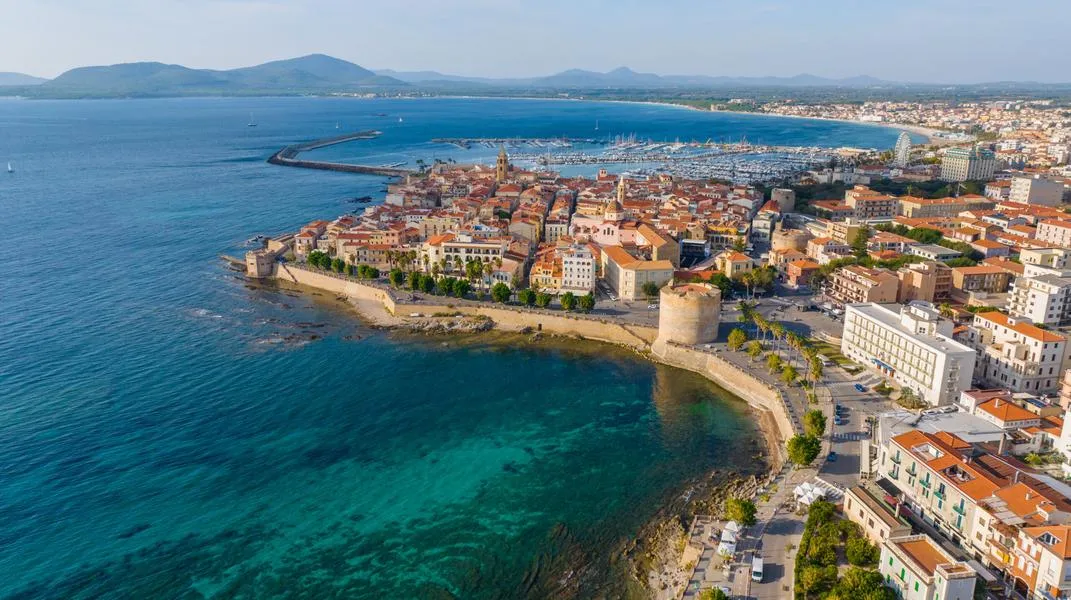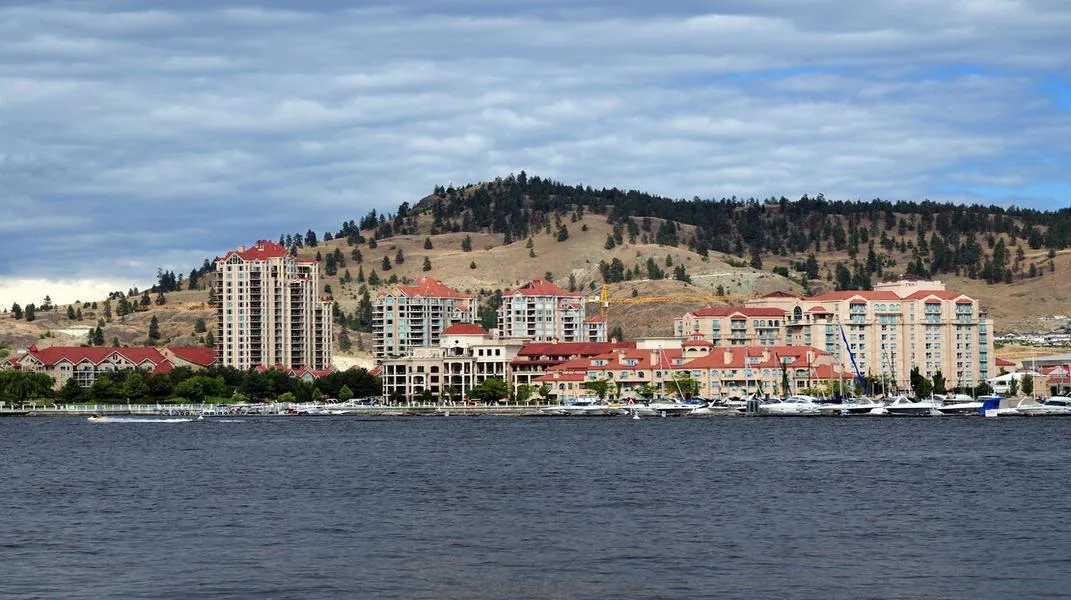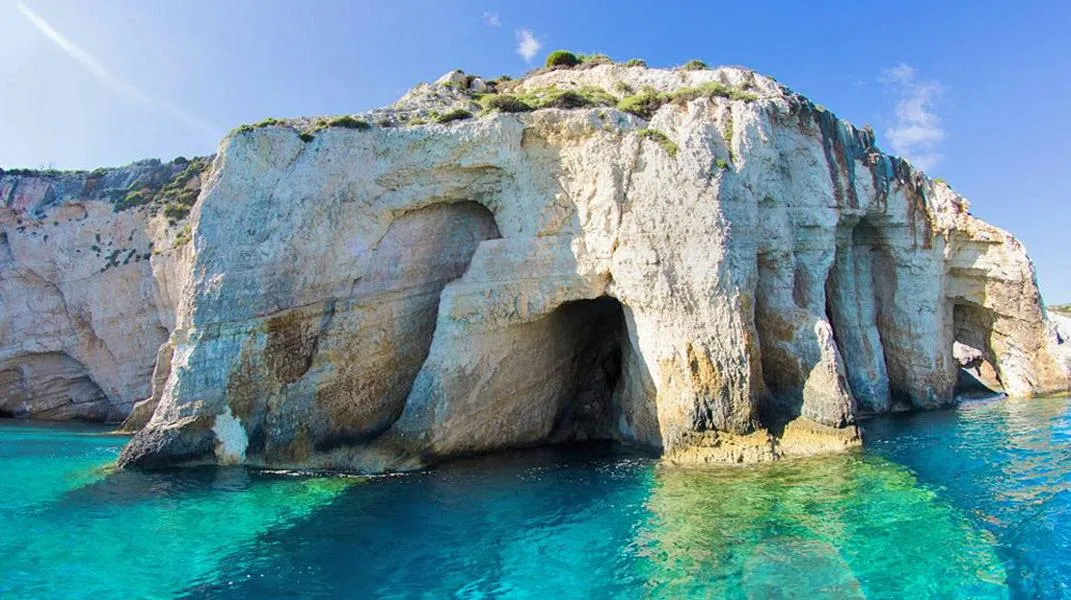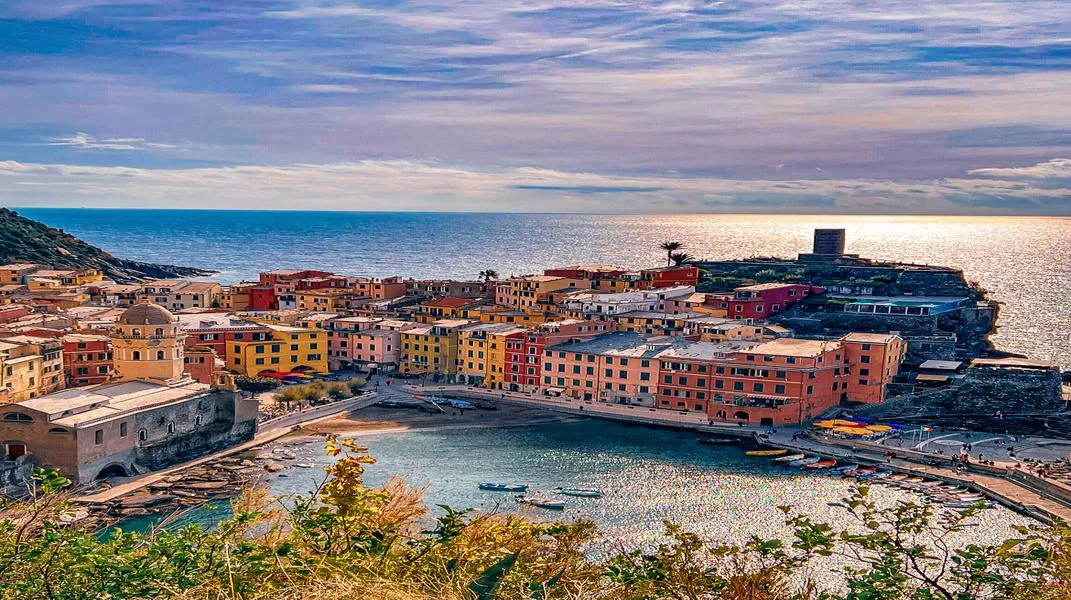Discovering Sardinia: A Jewel of the Mediterranean
Nestled in the heart of the Mediterranean Sea, Sardinia is an island that captivates visitors with its stunning landscapes, rich history, and vibrant culture. Known for its pristine beaches, rugged mountains, and unique traditions, Sardinia is not just a destination; it is an experience that offers something for everyone. Whether you are an adventure seeker, a history buff, or someone looking to unwind in a tranquil setting, Sardinia has it all.

The Natural Wonders of Sardinia
Breathtaking Beaches
Sardinia is famous for its beautiful coastline, which boasts over 1,800 kilometers of sandy beaches and crystal-clear waters. The Costa Smeralda, located in the northeast, is perhaps the most well-known area, attracting celebrities and luxury travelers alike. Here, you can find the iconic Spiaggia del Principe, with its soft white sand and turquoise waters, perfect for sunbathing and swimming.
Another stunning beach is La Pelosa, located in Stintino. This beach is famous for its shallow waters, making it ideal for families with children. The backdrop of the ancient tower of Pelosa adds to its charm, making it a picturesque spot for photographs.
Rugged Mountains and National Parks
Beyond the beaches, Sardinia is home to a diverse landscape characterized by rugged mountains, lush forests, and dramatic cliffs. The Gennargentu National Park, located in the central part of the island, offers breathtaking views and a chance to explore the island's natural beauty. Hiking trails wind through the park, leading you to stunning vistas, secluded lakes, and rich wildlife.
The Supramonte mountain range is another highlight, offering adventurous visitors the opportunity to go rock climbing, canyoning, and trekking. The famous Gorropu Gorge, one of the deepest canyons in Europe, provides an exhilarating experience for those seeking an adrenaline rush.
Rich Cultural Heritage
Historical Sites
Sardinia has a rich history that dates back thousands of years. The island is dotted with archaeological sites that showcase its ancient civilizations. One of the most significant is the Nuraghe, a megalithic structure that dates back to the Bronze Age. The Nuraghe Su Nuraxi, a UNESCO World Heritage site, is the most famous of these structures and offers a glimpse into the island’s prehistoric past.
In addition to Nuraghe, the ancient city of Nora is worth visiting. Located on the southern coast, Nora features well-preserved ruins, including Roman mosaics, temples, and a theater. The site provides a fascinating insight into the island's history and its role as a prominent trade center in antiquity.
Festivals and Traditions
Sardinia is also known for its vibrant culture and traditions. Throughout the year, numerous festivals take place, celebrating everything from religious events to seasonal harvests. One of the most famous festivals is the Sartiglia, held in Oristano during Carnival. This equestrian event features masked horsemen and traditional costumes, drawing both locals and tourists alike.
The Feast of Sant'Efisio, celebrated in Cagliari in early May, is another highlight. Pilgrims dress in traditional attire and process through the streets, showcasing the island's folklore and customs. Participating in these festivals offers visitors a unique opportunity to immerse themselves in the local culture.
Culinary Delights
No visit to Sardinia is complete without indulging in its culinary delights. The island’s cuisine is a reflection of its diverse landscape and rich history. Seafood is a staple, with dishes like fregola (a type of pasta) served with clams or bottarga (cured fish roe) being popular choices.
Sardinia is also known for its traditional cheeses, particularly pecorino, which is made from sheep's milk. Pair it with local cured meats like prosciutto and salami for a delightful antipasto platter. Don’t forget to try the island’s famed bread, Carasau, a thin, crispy flatbread that pairs perfectly with local wines.
For dessert, be sure to sample the seadas, a pastry filled with cheese and drizzled with honey, offering a sweet end to your meal.
Preparing for Your Visit to Sardinia
When to Visit
The best time to visit Sardinia is during the spring (April to June) and early autumn (September to October). During these months, the weather is pleasantly warm, and the tourist crowds are smaller compared to the peak summer season. If you prefer a quieter experience, consider visiting in the shoulder seasons.
Travel Arrangements
Getting There
Sardinia is accessible by air and sea. The island has three main airports: Cagliari Elmas Airport (CAG) in the south, Olbia Costa Smeralda Airport (OLB) in the northeast, and Alghero-Fertilia Airport (AHO) in the northwest. Direct flights connect Sardinia to major European cities, making it easy to reach.
Alternatively, ferries operate from mainland Italy (such as Genoa, Livorno, and Civitavecchia) to various ports in Sardinia, including Olbia, Porto Torres, and Cagliari. Traveling by ferry allows you to bring your vehicle, giving you the freedom to explore the island at your own pace.
Accommodation
Sardinia offers a wide range of accommodation options, from luxury resorts and boutique hotels to budget-friendly guesthouses and campsites. The Costa Smeralda is known for its upscale accommodations, while towns like Alghero and Cagliari offer a mix of options catering to different budgets. For a unique experience, consider staying in an agriturismo, a farmhouse that provides lodging and meals, allowing you to immerse yourself in the local culture.
Essential Packing List
When preparing for your trip to Sardinia, consider the following essentials:
- Clothing: Pack lightweight, breathable clothing for warm weather, along with a light jacket or sweater for cooler evenings. Swimwear is essential for beach days, and comfortable hiking shoes are a must if you plan to explore the mountains.
- Sun Protection: Sunscreen, sunglasses, and a wide-brimmed hat are essential for protecting yourself from the Mediterranean sun, especially during the summer months.
- Beach Gear: Don’t forget your beach towel, flip-flops, and snorkeling gear if you plan to explore the underwater beauty of Sardinia.
- Camera: With its stunning landscapes and vibrant culture, you’ll want to capture the beauty of Sardinia. A good camera or smartphone with ample storage for photos is essential.
- Local Currency: Italy uses the Euro, so ensure you have some cash on hand for smaller purchases, especially in rural areas where credit cards may not be accepted.
- Travel Guide and Maps: While many attractions are well-marked, having a travel guide or map can help you navigate the island and discover hidden gems.
- Reusable Water Bottle: To stay hydrated while exploring, consider bringing a reusable water bottle. Sardinia has numerous natural springs where you can refill your bottle.
Transportation on the Island
Renting a car is the most convenient way to explore Sardinia, as public transportation options can be limited, especially in rural areas. Driving allows you the freedom to visit remote beaches, charming villages, and breathtaking landscapes at your own pace. Be sure to familiarize yourself with local driving rules and regulations.
Alternatively, buses connect major towns and cities, but schedules may vary, so plan accordingly. For those who prefer not to drive, guided tours and excursions are available, offering a convenient way to see the highlights of the island.
Conclusion
Sardinia is a destination that offers a unique blend of natural beauty, rich history, and vibrant culture. From its stunning beaches to its rugged mountains, the island invites travelers to explore and discover its many treasures. With careful preparation and an adventurous spirit, your visit to Sardinia will surely be a memorable experience, leaving you with lasting memories of this Mediterranean gem. Whether you're relaxing on the beach, hiking through national parks, or indulging in local cuisine, Sardinia is a place where beauty and culture come together, making it a must-visit destination for any traveler.




